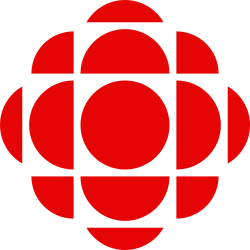This article needs additional citations for verification .(October 2024) |

This is a timeline of the history of the Canadian Broadcasting Corporation.
This article needs additional citations for verification .(October 2024) |

This is a timeline of the history of the Canadian Broadcasting Corporation.






